Botox is sold per unit. Different muscles require different amounts. Forehead lines use fewer units than masseter slimming. Crow’s feet often need balanced dosing on both sides. Units depend on muscle strength, not just surface wrinkles. More expressive faces need higher doses. Repeat treatments may reduce the number needed. Light correction requires less product, but more frequent sessions.
Expertise of the injector plays a major role in how pricing is structured and justified
Experienced injectors charge more. Their knowledge reduces risk. They know facial anatomy precisely. They understand dosage subtleties. You’re paying for outcomes, not product. Poor technique wastes units. Corrections cost extra. A skilled injector uses fewer units effectively. Their pricing reflects years of training and licensing. Cheap treatments often cut corners. Complications cost more long-term.
Geographic region affects price due to rent, demand, and cost of living variables
Urban areas tend to charge more. Clinics in major cities have higher overhead. Rent, staff salaries, and demand shape price. Competitive markets may drive costs up or down. Rural areas may offer lower prices, but fewer providers. Some regions include tax in final cost. Currency fluctuation can also affect imported product prices. Botox pricing is never universal.
Medical setting quality influences the safety protocols and overall patient experience
Botox must be stored and administered properly. Temperature control and sterility matter. Medical clinics follow strict safety procedures. Their pricing reflects these measures. Non-clinical settings might charge less. But they may skip vital standards. Lighting, cleanliness, and support staff all play roles. Higher prices often include better care environments. The setting affects trust and consistency.
Consultation time is often factored into the overall fee for personalized treatment planning
A thorough consultation takes time. The injector evaluates muscle activity, skin condition, and goals. Some include this in the treatment cost. Others charge separately. Planning ensures the right areas are treated. It avoids overcorrection or missed zones. The more tailored the approach, the more valuable the session. Short consultations may miss key details.
Follow-up visits for touch-ups or balance correction may or may not be included in fees
Some providers offer follow-up appointments within a set timeframe. These touch-ups refine results. Small asymmetries are adjusted. Inclusions vary by clinic. Follow-up policies affect perceived value. Without them, you may pay twice. Touch-up needs depend on facial symmetry and metabolism. Asking in advance prevents surprise costs. Clarifying policies is part of smart budgeting.
Brand of botulinum toxin used can slightly affect the cost due to market pricing differences
There are multiple botulinum toxin brands. Botox is one. Others include Dysport, Xeomin, and Jeuveau. Each has unique unit measurements. Some diffuse faster. Others last slightly longer. Clinics may stock multiple brands. Their pricing reflects product differences. Some charge more for brand name alone. Efficacy depends on correct usage more than brand. Ask which product is used.
Frequency of sessions influences the yearly cost more than individual session pricing
Most treatments last three to four months. Repeat sessions add up. Annual cost depends on regularity. Light users may go twice a year. More expressive individuals return more often. Each visit seems small, but total cost builds. Budgeting annually gives better financial clarity. Thinking in yearly cycles supports long-term decisions.
Marketing and packaging sometimes inflate pricing without adding clinical value
Some providers bundle Botox with facials or packages. Pricing may appear discounted but include non-essential items. Upselling creates illusions of value. Marketing can distract from technical skill. Flashy offices don’t always mean better care. Price should reflect technique and outcome. Add-ons may be optional, not necessary. Review breakdowns of services included.
What you’re paying for is not just a smoother face, but a controlled and precise adjustment
Botox doesn’t freeze the face—it recalibrates expression. That requires accuracy. You’re paying for restraint, not excess. Effective treatments avoid stiffness. Expression remains dynamic, just softened. Good Botox is invisible to others. Achieving that balance takes training. You’re paying for the ability to say more with less movement. The result reflects subtle work, not dramatic change.
